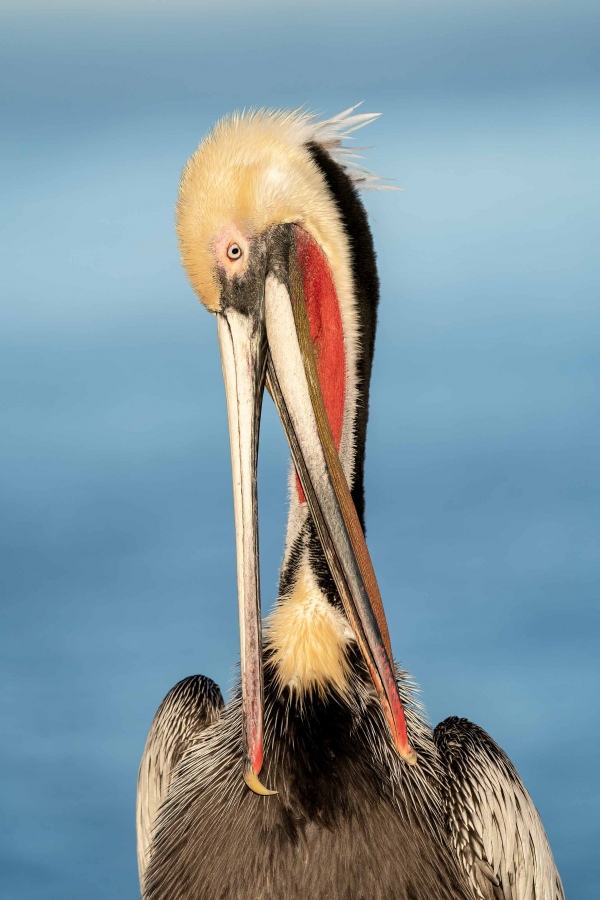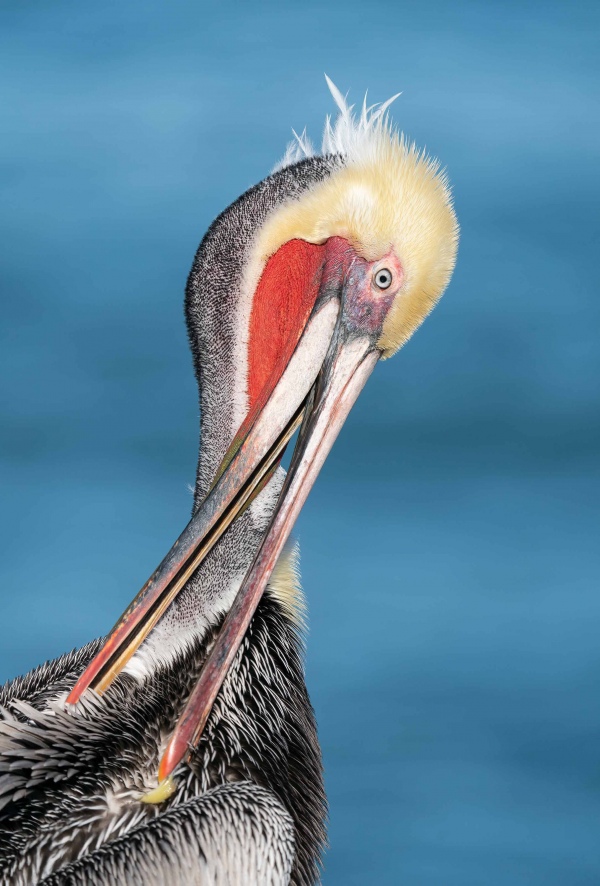What’s Up?
Orlando International Airport was as jam-packed as I’ve ever seen it at 5:30am on Monday. I was glad to have TSA Pre-check! As a huge fan of Air Disasters,I was glad that my non-stop flight to San Diego was blessedly uneventful.
When we landed in San Diego I looked across the aisle at the guy who sat next to me for five hours and said to him, “Did anyone ever tell you that you look like pro golfer Matt Kuchar?” He, said, “That’s me.” I told him that I had been rooting for him on the PGA tour (where he has won nine tournaments and in excess of $50,000,000) ever since he went on tour in 2000. I shared a bunch of golf stories from my younger days and asked him about his Dad who. was his teacher and a great friend. Matt could not have been any nicer if I had been his best friend. He was on his way with his family to Hawaii for some vacation and to get ready for the Sony Open.
I was so excited meeting him that I left my phone on the plane on the armrest. My seat-mate saw me heading back to the gate in a panic and said, “No worries, I left it with the agent.” Whew!
|
|
|
This image was created on 6 January 2020 on a San Diego IPT. I used the handheld Sony FE 200-600mm f/5.6-6.3 G OSS lens (at 485mm) and the Sony a9 II (now replaced for me by The One, the Sony Alpha 1 Mirrorless digital camera. ) The exposure was determined using Zebra technology with ISO on the Thumb Dial. ISO 800. 1/2000 second at f/6.3 (wide-open) in Manual Mode. AWB at 8:37:09am on a typically sunny morning. RawDigger showed the exposure to be fractionally short of perfect. Expand Flexible Spot S AF-C with performed perfectly. Be sure to click on the image to enjoy a high-res version. Image #1:Brown Pelican Pacific race scissors-preening
|
Scissors-Preening. What is It?
Scissors-preening (one of the many avian and photo related terms that I have coined) occurs when a bird opens and closes its bill, usually while preening a bill-full of usually small feathers. Sort of like when Sal-the-barber grabs a few fingers of a tyke’s blonde locks clipping away as he goes. With small birds, scissors-preening is often not very impressive, but bird’s like pelicans with their huge bills often put on quite a show.
The adult pelican in Image #1 is in full breeding plumage with its blackish brown breast feathers, the brown hind-neck with a touch of rufous, the bright red on what looks like the bird’s neck but is actually the base of the bill pouch, the golden-yellow head feathers, and the golden-yellow diamond-shaped patch where the bottom of the neck meets the top of the breast. In a word, gorgeous, especially when compared to their drabber eastern counterparts.
|
|
|
This image was created on 6 January 2020 on a San Diego IPT. I used the handheld Sony FE 200-600mm f/5.6-6.3 G OSS lens (at 535mm) and the Sony a9 II (now replaced for me by The One, the Sony Alpha 1 Mirrorless digital camera. ) The exposure was determined using Zebra technology with ISO on the Thumb Dial. ISO 400. 1/1600 second at f7.1 (stopped down 1/3-stop) in Manual Mode. AWB at 9:43:52am on a typically sunny morning. This image was made pre-RawDigger. After the fact it showed the exposure for this image to be nearly one full stop too dark. My bad: I had Zebras. Expand Flexible Spot S AF-C performed perfectly. Be sure to click on the image to enjoy a high-res version. Image #2:Brown Pelican Pacific race scissors-preening
|
Scissors-Preening Photo Tips
The principle guideline for creating pleasing scissors-preening pelican images is similar to that in play when photographing any preening pelicans: strive to have the bird’s face and bill parallel to the back of the camera. Doing so will greatly reduce your depth of field problems. In addition, images made when the bird’s visible eye is wide open, will usually be preferred to those where the bird is squinting, to those made when the eye is fully closed, or those made when the eye is covered or partially obscured by the nictitating membrane.
Moderately fast shutter speeds of from 1/1000 to 1/2000 second are fine when photographing this behavior. When photographing pelicans in flight is is best to use really fast shutter speeds of from 1/2500 second to 1/4000 second or even higher (though at times you can get away with slower shutter speeds if you match the speed of the bird in flight with the speed of your panning). When photographing the bill clacking behavior you will want to use use the really fast shutter speeds mentioned above.
Which?
Which of today’s two featured scissors-preenining image is the stronger image? I have a clear favorite and will share it with you here on Thursday.
Typos
With all blog posts, feel free to e-mail or to leave a comment regarding any typos or errors.
















Koooooooooch!!!
I think image #1 and image #2 Brown Pelican Pacific race scissors-preening are both well-made and are interesting and cute!! Glad you got these Artie!!
Fantastic account and great recovery. Have a wonderful and productive time in SD. Wish I were there…
Artie
Cool story on Matt and your luck in getting your phone back that one could have been long gone!
Todays image #1 is my clear favorite, the little hook thingy on the bill is clear and the little neck beard of whiteish hair is centered between the scissors with a touch of red above. So yep #1 is killer. 🙂
Your very lucky on flying from yesterday there were 2 different planes that had bad turbulence that ended with one having 36 passengers go to the hospital with 3 flight attendants some with very serious injuries.
Always with love b